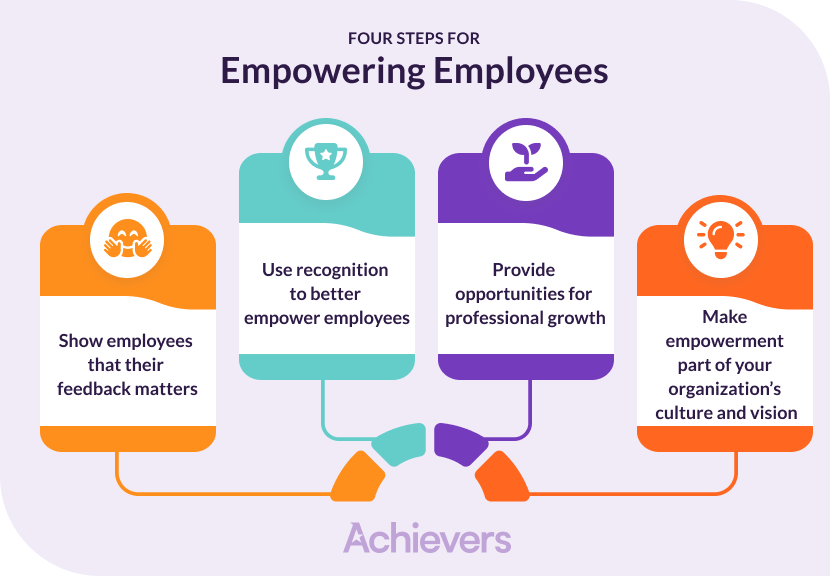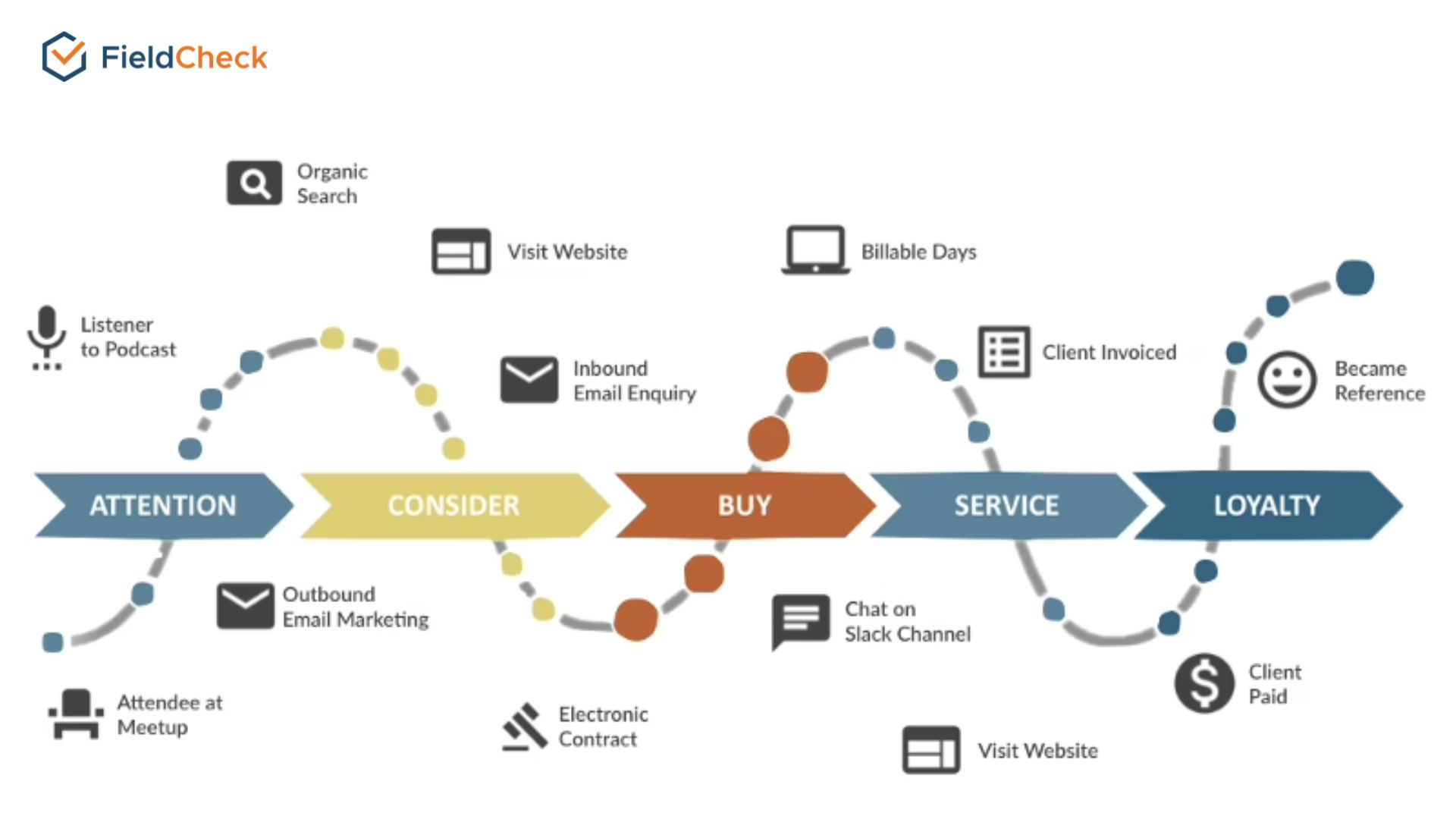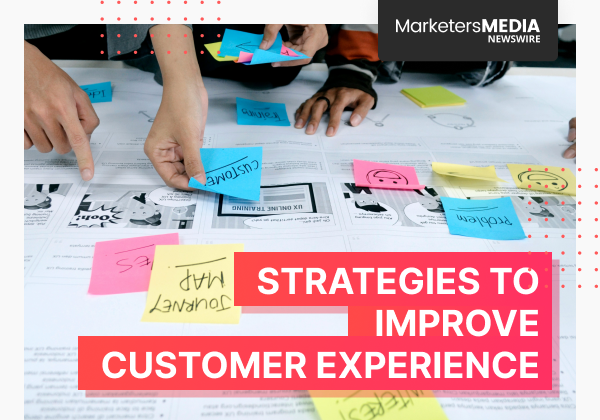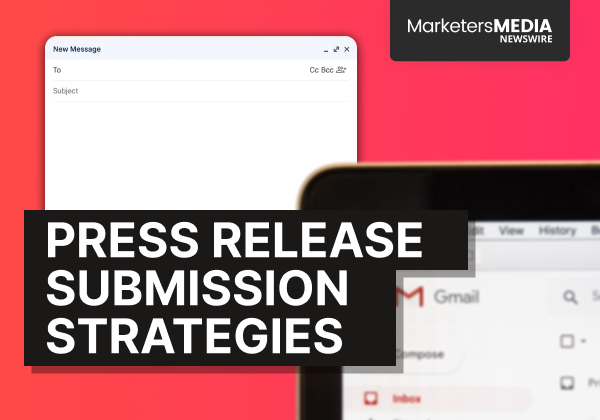- Key Takeaways
- Crafting a Clear CX Vision
- Knowing Your Customers
- Real-Time Feedback Collection
- Empowering Employees
- Leveraging Technology
- Personalization is Key
- Leadership and CX
- The Role of Omnichannel Strategy
- Implementing Customer Feedback
- Final Remarks
- Frequently Asked Questions
Want to boost your business? Enhancing customer experience is the key. Say goodbye to outdated methods and hello to a new era of customer satisfaction. By focusing on improving customer interactions, ways you can set yourself apart from the competition. It's not just about selling; it's about creating relationships with loyal customers that last. Embrace this shift in mindset, and watch your brand loyalty skyrocket. Customers will feel valued, heard, and understood, leading to increased retention rates and referrals. Elevate your service game and witness the positive impact it has on your bottom line.
Key Takeaways
- Crafting a Clear CX Vision: Define a clear customer experience vision to align your team towards a common goal.
- Knowing Your Customers: Understand your customers' needs, preferences, and pain points to tailor experiences effectively.
- Real-Time Feedback Collection: Implement systems for collecting and acting on real-time feedback to address issues promptly.
- Empowering Employees: Empower and train your employees to deliver exceptional customer service experiences.
- Leveraging Technology: Utilize technology solutions to streamline processes and enhance customer interactions efficiently.
- Personalization is Key: Personalize customer interactions based on data insights to create meaningful and memorable experiences.
- Leadership and CX: Foster a customer-centric culture from the top down to prioritize customer experience initiatives.
- The Role of Omnichannel Strategy: Implement an omnichannel strategy to provide seamless and consistent experiences across all touchpoints.
- Implementing Customer Feedback: Act on customer feedback by making necessary improvements and demonstrating responsiveness to enhance overall satisfaction.
Crafting a Clear CX Vision
Define your vision
Craft a clear and inspiring vision statement that aligns with enhancing customer experience. Engage key stakeholders to define the vision, fostering buy-in and alignment. This involvement ensures that everyone is on the same page regarding the organization's goals.
Involving key stakeholders in crafting the vision statement is crucial as it brings diverse perspectives to the table. This collaboration helps in creating a vision that resonates with all levels of the organization. It also boosts commitment and accountability towards achieving the set objectives.
Communicate the vision effectively across all levels of the organization to ensure clarity and understanding. By doing so, employees are more likely to embrace and embody the values embedded within the vision statement. This alignment leads to consistent actions that prioritize customer satisfaction.
Communicate effectively
Establish consistent communication channels within the organization to keep employees well-informed about customer experience initiatives. This transparency fosters trust and ensures that everyone is aware of ongoing efforts to enhance customer satisfaction.
Implement regular feedback sessions where employees can share their thoughts and insights on customer experience initiatives. Addressing any communication gaps promptly helps in refining strategies and ensuring that everyone is moving in the same direction towards improving customer interactions.
Utilize various communication tools such as email updates, newsletters, intranet portals, or even digital signage to disseminate information effectively. Tailoring communication methods based on employee preferences ensures that messages are received and understood by all members of the organization.
Knowing Your Customers
Identify demographics

Market research is essential to understand your customer base. Data analytics helps in segmenting customers for personalized experiences. Continuously update demographic info to meet evolving needs.
Understanding customer needs involves surveys and interviews. Analyze feedback to grasp preferences and expectations. Empathy is crucial for truly understanding customer needs.
Real-Time Feedback Collection
Use technology
Invest in cutting-edge technologies to enhance customer interactions and experiences. By incorporating advanced tools, businesses can offer seamless and efficient services. Implementing AI-powered solutions enables companies to cater to individual customer needs effectively. Leveraging technology allows for the collection and analysis of customer data, providing valuable insights for enhancing the overall customer experience.
Implement VoC programs
![Updated] Voice of the customer analytics - Talkwalker](https://26552728.fs1.hubspotusercontent-eu1.net/hubfs/26552728/Imported_Blog_Media/VoC%20image-Jun-12-2023-12-00-00-0578-PM.jpg)
Establish Voice of Customer (VoC) programs to capture direct feedback and insights from customers. By utilizing various channels like surveys, reviews, and social media, companies can gather a diverse range of feedback data. Implementing a systematic approach to analyze VoC data is crucial for identifying trends and areas of improvement. Acting upon VoC insights drives continuous enhancements in products and services.
Implementing VoC programs can have a significant impact on improving customer experience. According to a recent study by Qualtrics, companies that actively listen to customer feedback through VoC programs see a 10-15% increase in customer satisfaction and a 20-25% increase in customer retention rates. This highlights the importance of incorporating the voice of the customer into business strategies to drive positive outcomes and foster long-term customer loyalty.
Empowering Employees

Value suggestions
Creating a culture that values and encourages employee input is vital for enhancing customer experience. By fostering an environment where companies actively seek suggestions from their people, organizations can tap into valuable insights. Implementing a structured system to collect and evaluate these suggestions ensures that no idea goes unnoticed.
Recognizing and rewarding employees for their contributions in improving customer experiences is essential. This practice not only motivates staff but also reinforces the importance of their role in opportunities. By acknowledging valuable suggestions, employees feel empowered and more engaged in delivering exceptional service.
Pros:
- Boosts employee morale and engagement.
- Encourages innovation and creativity within the workforce.
- Enhances overall customer satisfaction through tailored solutions.
Cons:
- Requires effective communication channels for suggestion submission.
- Demands consistent follow-up to implement feasible ideas promptly.
Offer training
Providing comprehensive training programs is crucial to equip employees with the necessary skills to deliver exceptional customer service. These programs should be tailored to address specific areas identified through real-time feedback collection. By focusing on areas that need improvement, employees can enhance their performance effectively.
Tailoring training sessions based on feedback from customers ensures that employees address pain points directly. This approach allows staff to understand customer needs better and adapt their service accordingly. Continuous assessment of training effectiveness enables organizations to make timely adjustments and improvements as needed.
- Provide ongoing coaching sessions to reinforce learning outcomes.
- Incorporate role-playing exercises to simulate real-life customer interactions.
- Utilize interactive training modules for better engagement and retention of information.
Leveraging Technology
Enhance experiences
Creating memorable and delightful experiences is crucial throughout the customer journey. Personalizing interactions based on individual preferences and needs enhances satisfaction. Innovative strategies that surprise customers can exceed their expectations.
To make each touchpoint special, companies can utilize data analytics to understand customer behavior better. By analyzing purchasing patterns and feedback, businesses can tailor their services to meet specific needs. This personalization creates a bond between the customer and the brand.
Moreover, integrating chatbots or AI-powered assistants can provide instant support and streamline the customer service process. These technologies offer 24/7 assistance, resolving queries promptly and efficiently. Such initiatives demonstrate a commitment to enhancing the overall customer experience.
Omnichannel approach

An omnichannel approach involves integrating various communication channels to ensure a seamless experience for customers. By offering multiple touchpoints such as social media, websites, and mobile apps, companies meet customers where they are. Consistency in messaging and branding across all channels reinforces brand identity.
Implementing a robust omnichannel strategy requires synergy between online and offline channels. For instance, allowing customers to start an interaction on one platform and seamlessly continue it on another fosters convenience. This fluid transition enhances engagement levels and encourages repeat business.
Personalization is Key
Customized interactions
When it comes to improving customer experience, it's all about making each interaction feel personalized and tailored to the customer. By taking the time to understand their preferences and past interactions, you can create a more meaningful connection. Utilizing dynamic content personalization goes a step further by customizing the experience based on individual needs and interests.
This not only makes customers feel valued but also increases the likelihood of them engaging with your brand. One effective way to enhance customer experience is by using data-driven insights to anticipate their needs. By analyzing customer behavior and trends, you can predict what they might be looking for and offer solutions before they even realize they need them. This proactive approach not only impresses customers but also builds trust and loyalty towards your brand. Another crucial aspect of improving customer experience is mapping out their journey from start to finish.
By creating detailed maps that visualize every touchpoint along the way, you can identify pain points and areas that need improvement. This helps in understanding the customer's perspective and allows you to make strategic decisions that align with their needs and expectations. Ultimately, aligning these maps with your business objectives ensures that every decision made is aimed at enhancing the overall customer experience.
Leadership and CX
Top-down strategy
%20(1).jpg)
Leadership plays a pivotal role in ensuring that customer experience improvement initiatives are successful. By having top management actively champion these efforts, organizations can signal the importance of customer-centricity. This commitment needs to be clearly communicated and demonstrated at all levels.
Pros:
- Clear direction and alignment from leadership
- Sets the tone for a customer-focused culture
Cons:
- Lack of genuine commitment from leaders can hinder progress
To drive a customer-centric culture, organizations must cascade the vision and values from top leadership downwards. This involves integrating customer experience goals into the organization's overall strategic objectives. When employees see leaders embodying these values, they are more likely to embrace them themselves.
Employee involvement
Engaging employees across all levels is crucial for the success of customer experience strategies. Organizations should involve frontline staff in shaping and implementing these strategies as they often have valuable insights into customer interactions. Empowering employees to make decisions that directly impact customer satisfaction can lead to more personalized experiences.
- Engage: Involve employees in brainstorming sessions to gather diverse perspectives.
- Empower: Provide training and resources for employees to take ownership of customer interactions.
The Role of Omnichannel Strategy
Seamless experience
To improve customer experience, organizations must eliminate silos and integrate operations for a seamless journey. By streamlining processes and communication channels, friction in interactions diminishes. Monitoring touchpoints consistently ensures a smooth experience throughout.
Pros:
- Enhanced customer satisfaction.
- Improved brand loyalty.
Cons:
- Requires significant coordination.
Customer satisfaction thrives when companies prioritize an integrated approach to service delivery.
Improving customer experience through an omnichannel strategy is that companies with strong omnichannel customer engagement strategies retain an average of 89% of their customers, compared to only 33% for companies with weak omnichannel strategies. This highlights the importance of providing a seamless and integrated experience across all channels to enhance customer satisfaction and loyalty.
Customer journey mapping

Utilizing customer journey mapping offers insights into the overall customer experience. Pinpointing crucial touchpoints and defining moments of truth shapes perceptions positively. These maps guide strategic decisions, emphasizing enhancements that boost satisfaction levels.
Benefits of customer journey mapping:
- Enhances understanding of customer needs.
- Identifies areas for improvement effectively.
Steps to create effective customer journey maps:
- Gather data on customer interactions.
- Analyze touchpoints for pain points.
- Implement changes based on insights gained.
Strategic decision-making becomes more informed when grounded in the realities of the customer's journey.
Implementing Customer Feedback
Open-text feedback
Encourage customers to share detailed feedback through open-text surveys and reviews. This approach allows for in-depth insights into customer experiences and preferences. Analyzing open-text feedback unveils nuanced trends and sentiments among customers, providing a deeper understanding of their needs. Utilize sentiment analysis tools to categorize feedback, identifying key areas for improvement effectively.
Pros:
- Provides rich, qualitative data.
- Helps in understanding customer sentiments better.
Cons:
- Requires more time and effort for analysis.
- May contain varying levels of detail and relevance.
Improve services by continuously assessing and enhancing offerings to align with changing customer expectations. Establish a feedback loop system to gather valuable insights from customers regularly. By collaborating across departments, address service gaps promptly and elevate overall customer satisfaction levels.
Improve services

Regularly evaluate service quality to ensure it meets the dynamic demands of customers. This process involves adapting to changing trends and preferences swiftly. Establish a systematic approach for gathering feedback on services, enabling quick adjustments based on customer input. Through collaboration with different teams, identify areas for enhancement and implement solutions effectively.
- Evaluate service offerings consistently.
- Implement a structured feedback collection mechanism.
- Collaborate with various departments for holistic service improvements.
Enhancing Customer Experience with MarketersMEDIA
MarketersMEDIA is a valuable tool for businesses looking to improve their customer experience. By utilizing MarketersMEDIA's press release distribution services, companies can effectively communicate with their target audience, share important updates, and engage with customers in a meaningful way. This platform allows businesses to reach a wider audience and increase brand visibility, ultimately leading to a more positive customer experience. With MarketersMEDIA, businesses can improve their services, build customer loyalty, and stay ahead of the competition in today's fast-paced market.
Final Remarks
You've now journeyed through the intricacies of enhancing customer experience. Crafting a clear vision, understanding your customers, and gathering real-time feedback are just the tip of the iceberg. Empowering your employees, embracing technology, and personalizing interactions are crucial steps in this ever-evolving landscape. Leadership plays a pivotal role, guiding your team towards a customer-centric approach while omnichannel strategies solidify your presence across platforms. Implementing customer feedback loops closes the circle, ensuring continuous improvement.
As you navigate the realm of customer experience, remember that each interaction is a brushstroke on the canvas of your brand. Embrace these insights, tailor them to your unique context, and watch as your customer relationships flourish. Your commitment to refining these practices will set you apart in a world where exceptional experiences are the ultimate currency.
Frequently Asked Questions
How important is it to craft a clear CX vision for customer retention, meeting customer expectations, and ensuring customer success?
Crafting a clear CX vision is crucial as it sets the direction for your customer experience strategy, aligns your team's efforts, and ensures consistency in delivering exceptional experiences.
Why is real-time feedback collection essential for improving customer experience, efficiency, verification process, and opportunities in new ways?
Real-time feedback collection allows you to promptly address issues, understand customers' immediate needs, and adapt your strategies quickly to enhance their experience in the moment.
How does empowering employees contribute to better customer experiences?
Empowering employees by providing training, autonomy, and recognition boosts morale and motivation. Happy employees are more likely to engage with customers positively, leading to improved overall customer experiences.
What role does personalization play in enhancing customer experience?
Personalization tailors interactions based on individual preferences and behaviors, creating a more engaging and relevant experience for customers. It fosters a sense of connection and understanding that can significantly impact satisfaction levels.
Why is implementing customer feedback an integral part of the customer experience strategy?
Implementing customer feedback demonstrates that you value their opinions and are committed to continuous improvement. By acting on feedback, you show customers that their voices are heard, leading to increased loyalty and satisfaction.
Free Press Release Template
Tell us where to send your PDF:







